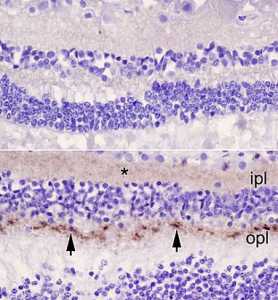Author Interviews, Heart Disease, JAMA, NIH, Stroke / 27.05.2019
Silent Heart Attack Associated with Increased Risk of Embolic Stroke
MedicalResearch.com Interview with:
Lenore J. Launer, PhD.
Chief Neuroepidemiology Section Intramural Research Program
National Institute on Aging
MedicalResearch.com: What is the background for this study? What are the main findings?
Response: The prevalence of cerebral infarction on MRI can be as high as 30% in community-based studies. These lesions detected on brain MRI, are often clinically silent, but are associated with impairments in cognitive and physical function and can increase the risk for clinical events. For a large number, the origin of these brain lesions is unknown. There is also a lack of population-based data on unrecognized myocardial infarction, which is associated with an increased for clinical coronary disease and mortality.
Unrecognized MI was detected in 17% of participants using state-of-the-art cardia MRI, a more sensitive measure of the lesions, than the standard ECG. We investigated the contribution to these lesions of recognized and unrecognized myocardial infarction [MI] identified on cardiac MRI.
We found both recognized and unrecognized myocardial infarction increased the risk for cerebral infarction, and that in particular unrecognized MI was associated with cerebral infarction of embolic origins of an unknown source. Given their prevalence, unrecognized MI may be an underestimated contributor to the risk for cerebral infarction in older persons. (more…)


















